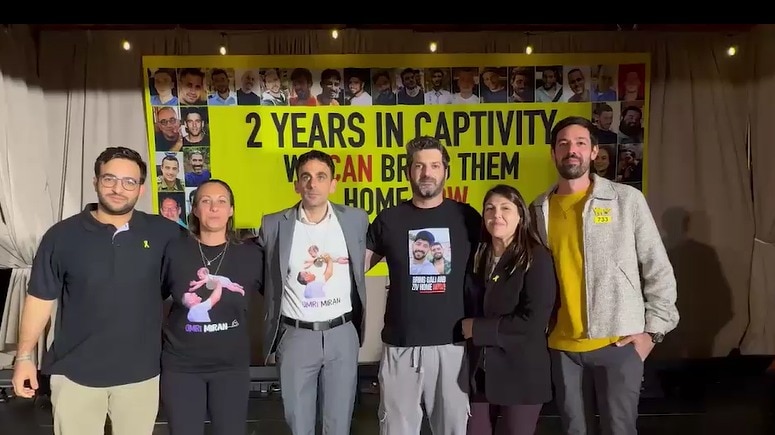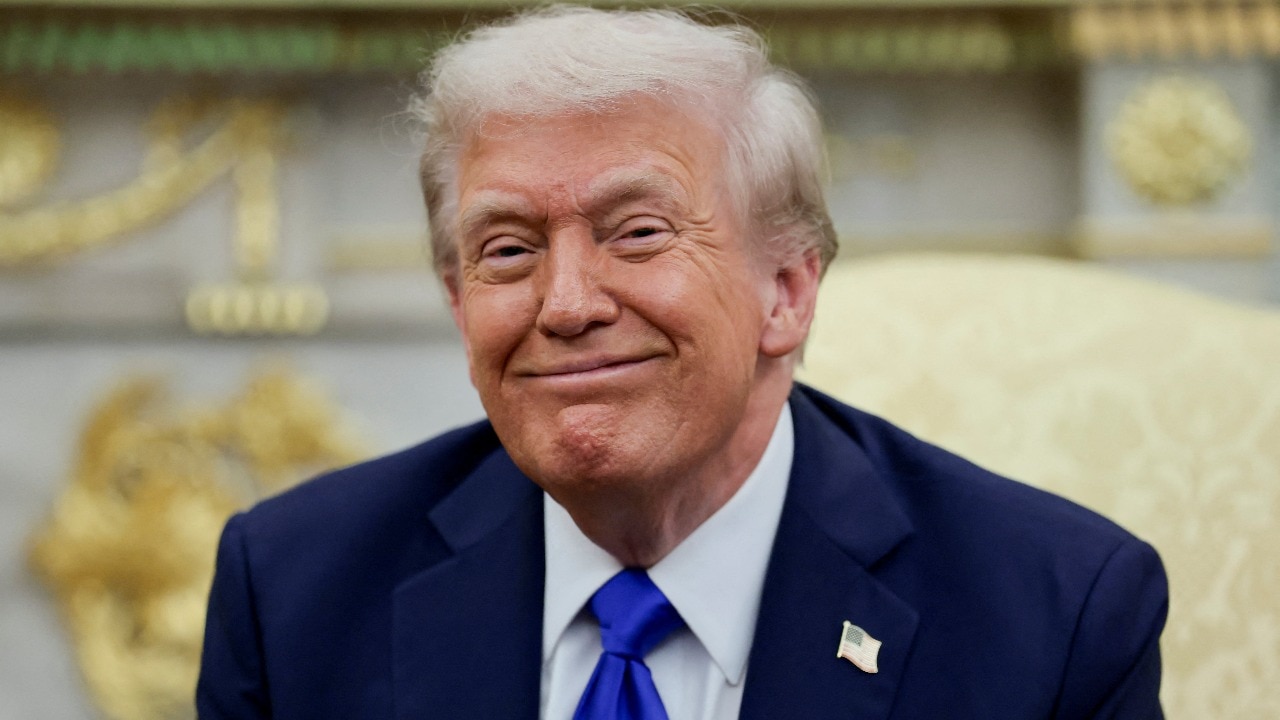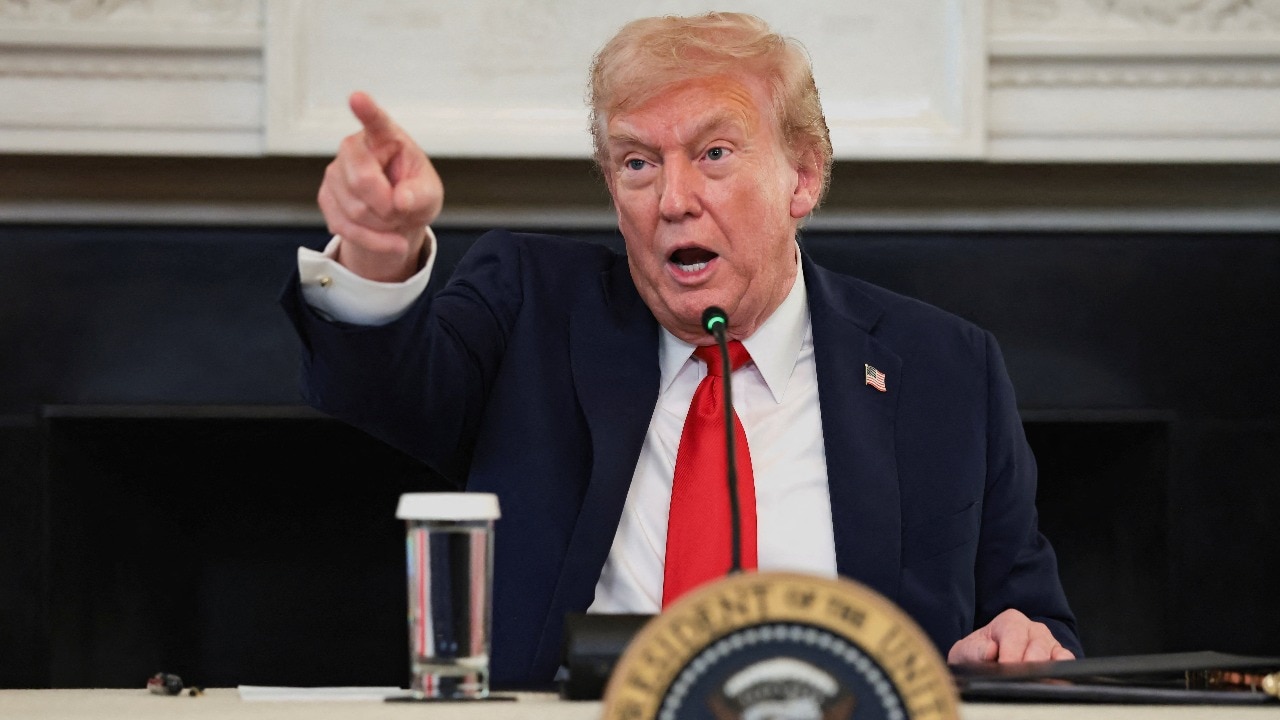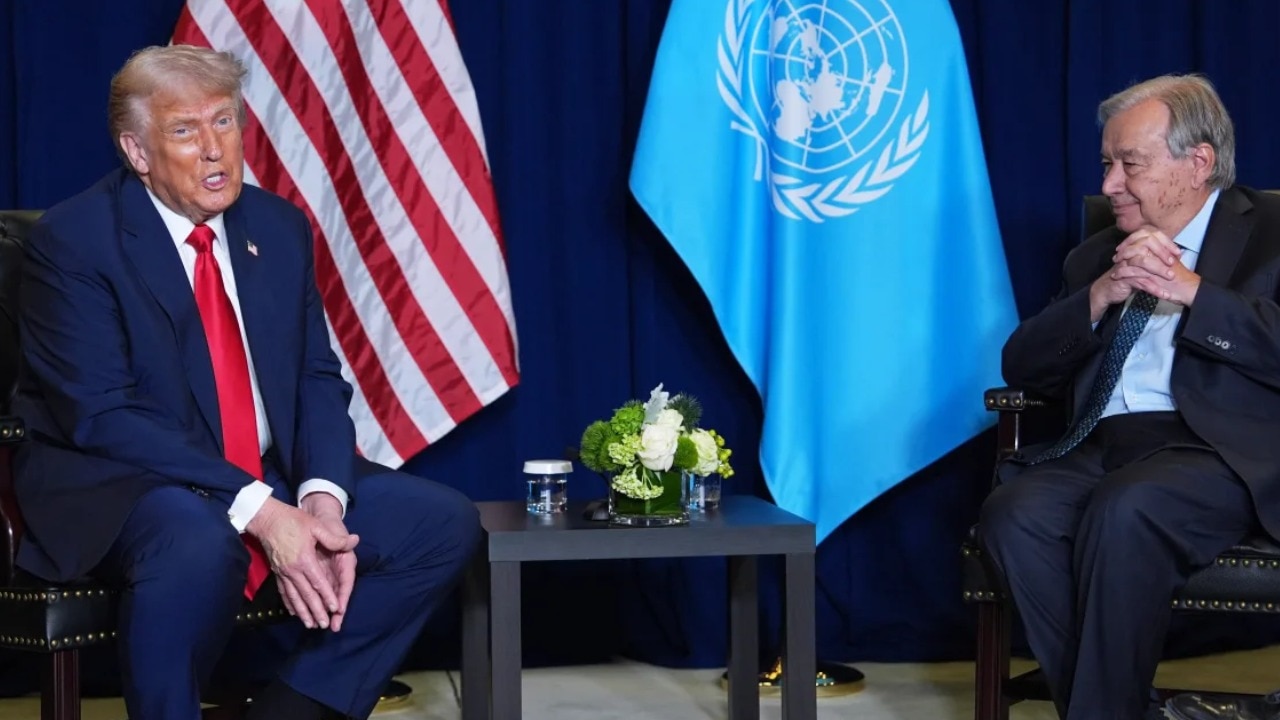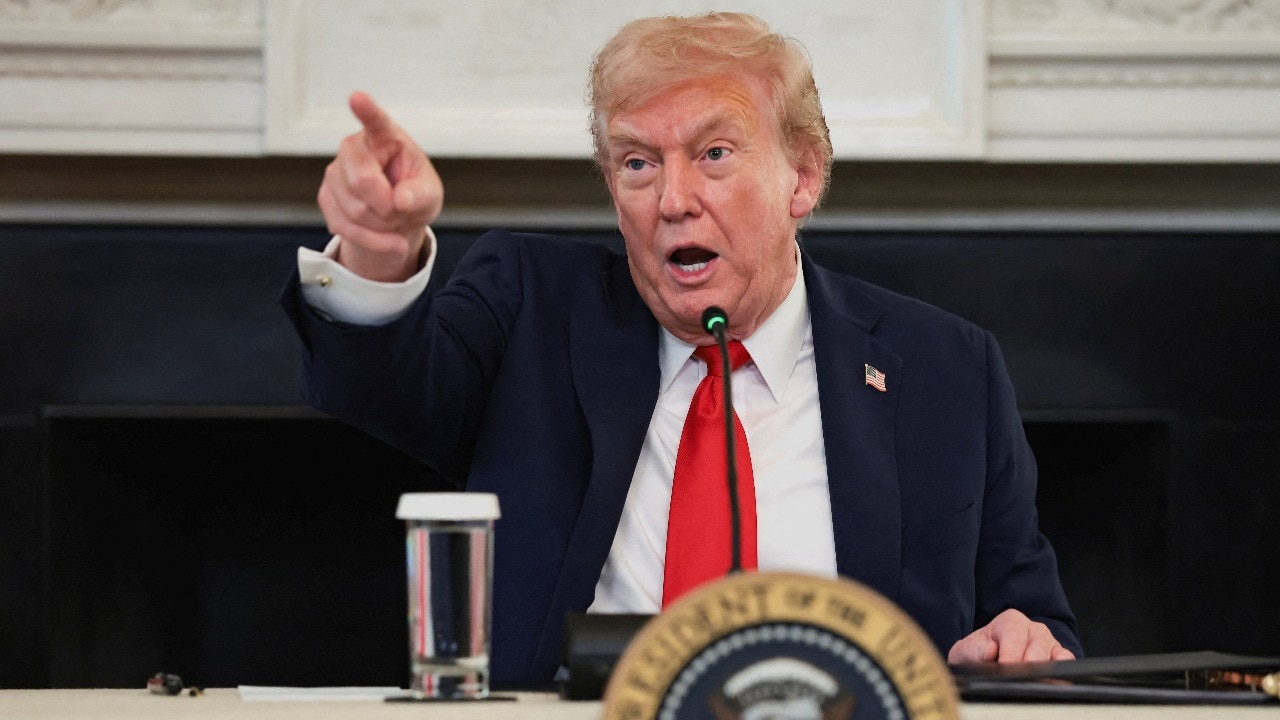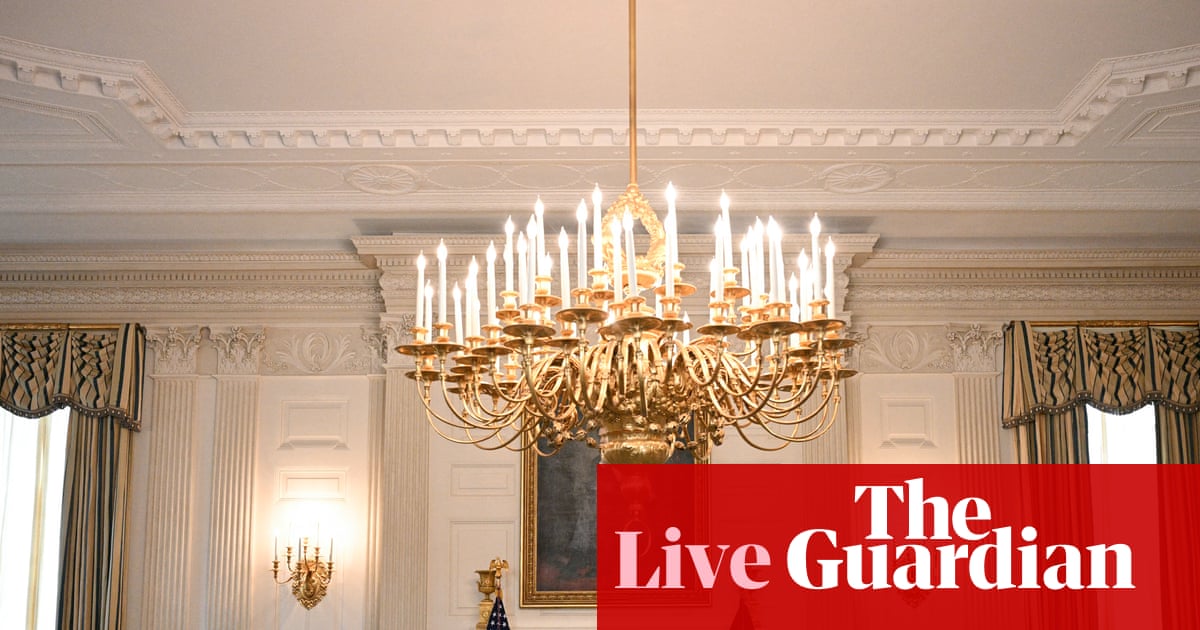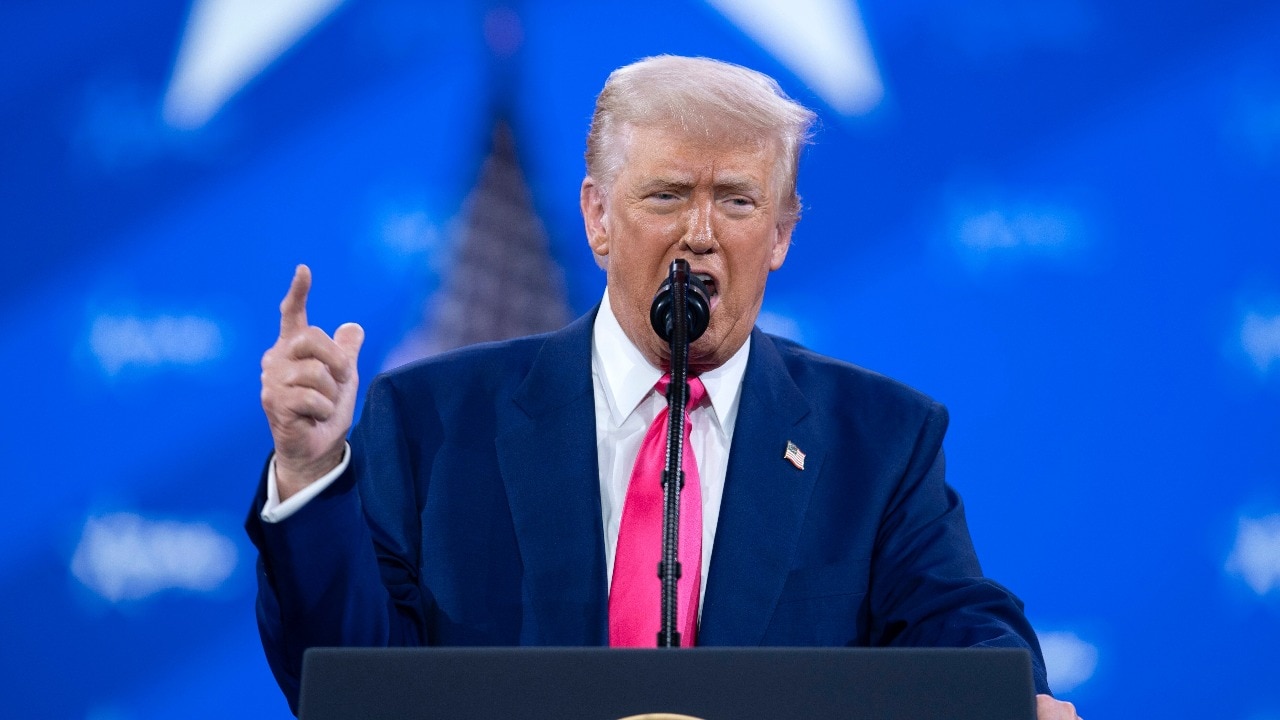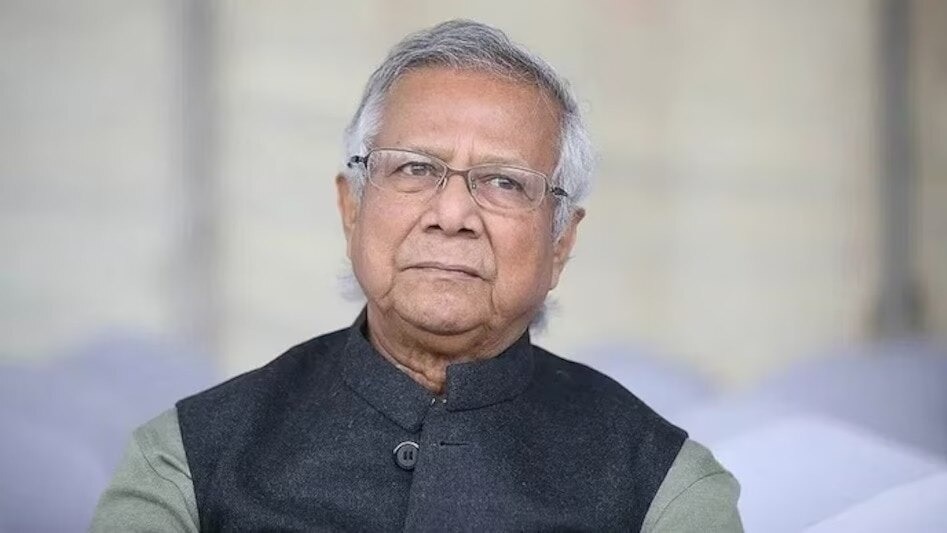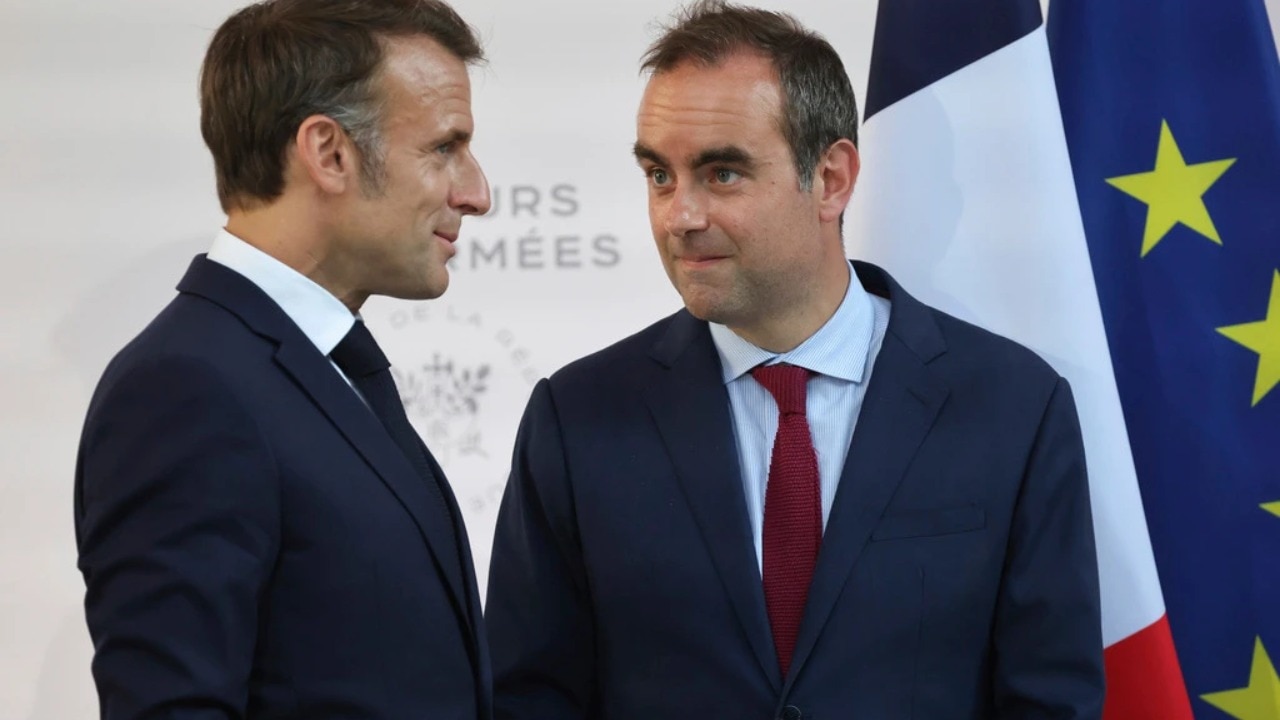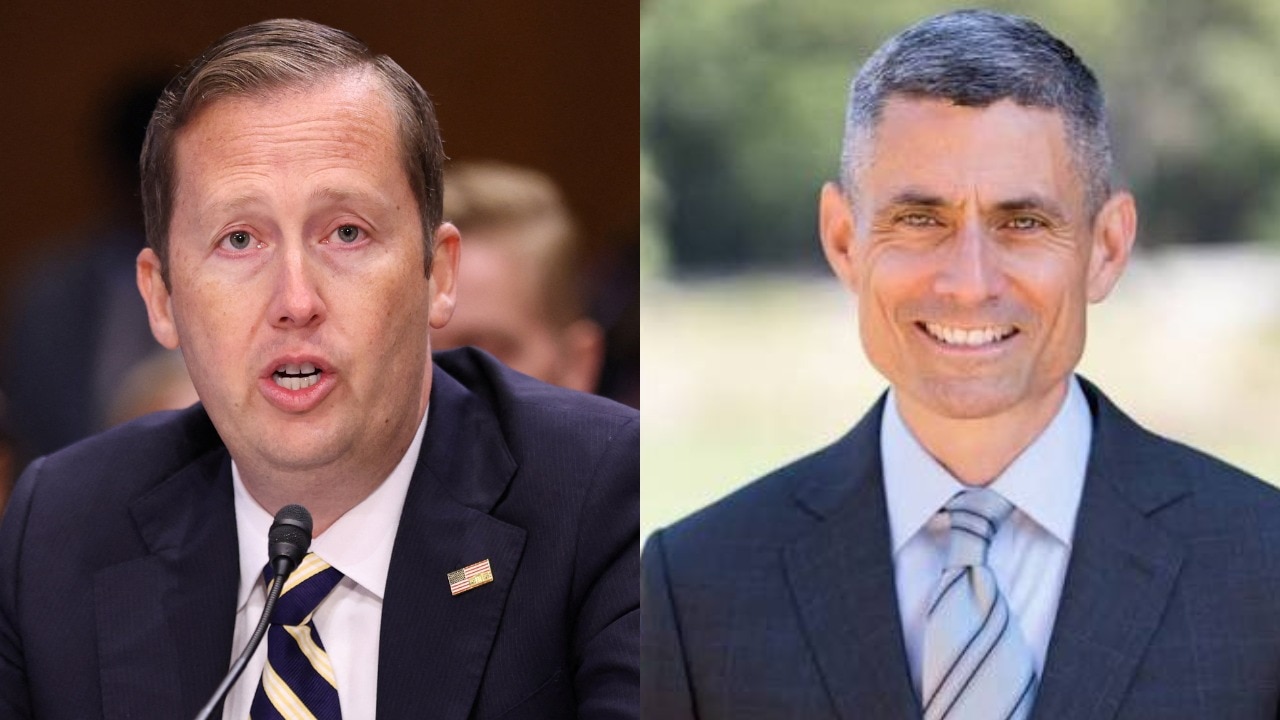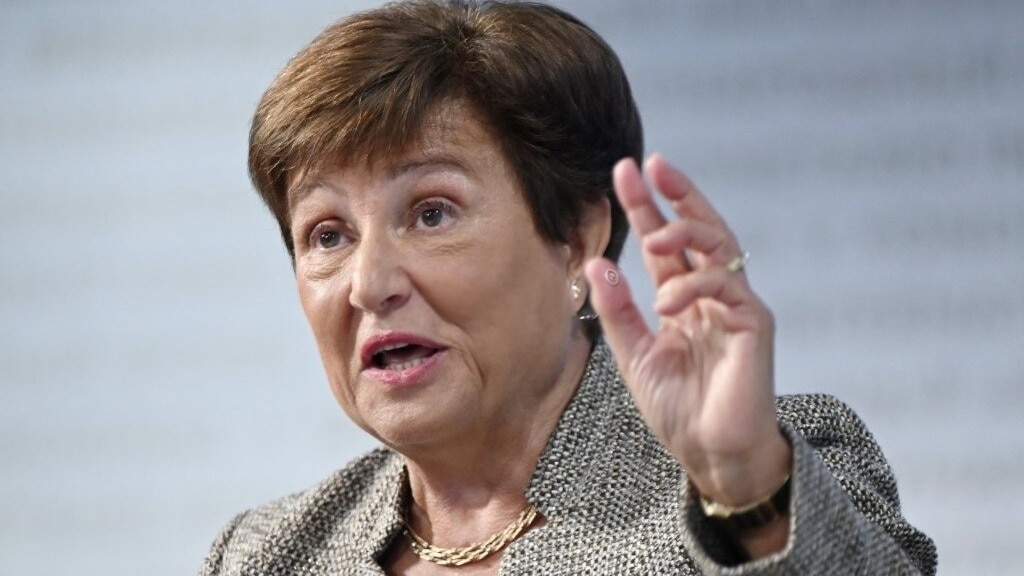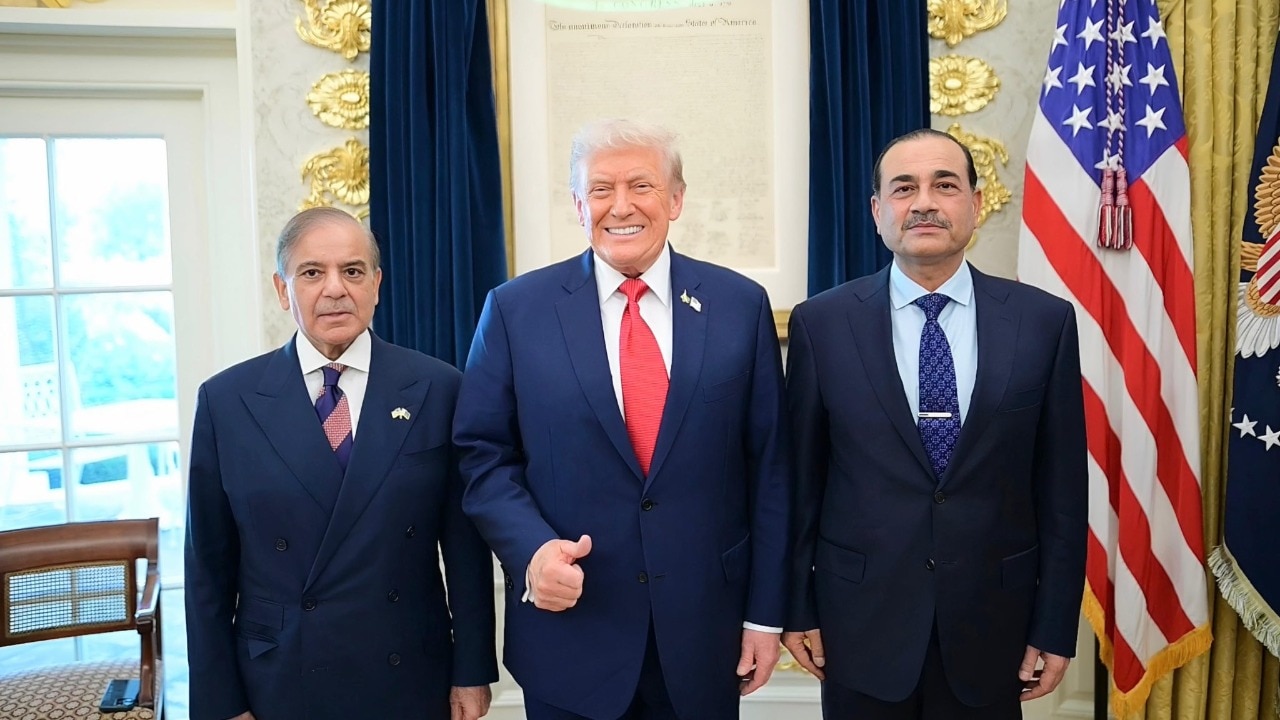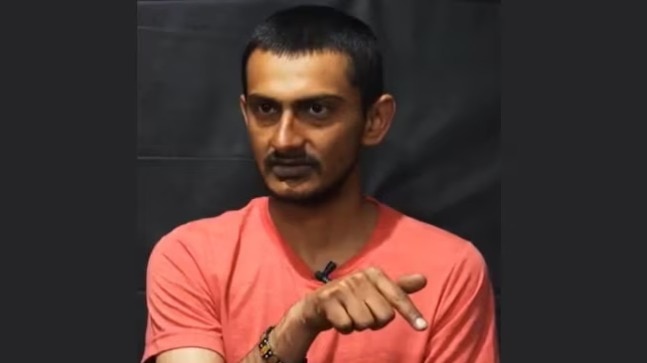Last Updated:August 12, 2025, 09:24 IST
Donald Trump has ordered 800 Guard troops into Washington DC. Here’s how the force works, who controls it, and why DC’s unit answers only to the President

US President Donald Trump said that he is placing Washington DC’s police under federal control and deploying 800 Guard troops.
US President Donald Trump’s announcement that he is placing Washington DC’s police under federal control and deploying 800 Guard troops has again thrust the force into the centre of a political and legal debate. Speaking at the White House alongside Defence Secretary Pete Hegseth and Attorney General Pam Bondi, Trump said the Guard would help restore “law, order and public safety" in the capital, despite federal crime statistics showing violent crime in 2024 was at its lowest in three decades.
The decision is part of Trump’s long-running strategy of using federal authority to intervene in Democrat-led cities, a move supporters call decisive and opponents see as politically motivated. But what exactly is the Guard, and why is its deployment in Washington DC significant?
What Is The Guard?
The United States Guard is a military reserve force within the US Armed Forces that occupies a unique position in the country’s defence and emergency response system. Unlike the regular Army or Air Force, it has a dual mission: it can operate under state control to respond to local crises, and it can be federalised by the President for national security missions or even overseas combat deployments.
It is made up of two components:
Army Guard – the land-based component, closely aligned with the US ArmyAir Guard – the aerial component, which works alongside the US Air ForceThe Guard is present in all 50 states, the District of Columbia, and US territories, including Puerto Rico, Guam, and the US Virgin Islands.
What Does The Guard Do?
The Guard’s missions can be grouped into state-level and federal-level duties:
State roles include:
Responding to natural disasters (hurricanes, floods, wildfires, earthquakes)Supporting law enforcement during civil unrestAssisting in public health crises (such as Covid-19)Providing security for electionsFederal roles include:
Supplementing active-duty forces in overseas combat zonesProtecting critical infrastructure and bordersSupporting national security operationsGuard deployments have ranged from Hurricane Katrina relief in 2005, to Covid-19 pandemic logistics, to security during major events like presidential inaugurations.
How Many Serve In The Guard?
According to the US Department of Defense, the Guard had 431,291 members as of 2023:
Army Guard – 326,317 soldiersAir Guard – 104,974 membersMost Guard members serve part-time, holding civilian jobs or attending college. They undergo basic military training, then continue with monthly drills (usually one weekend) and an annual two-week training period.
Who Controls The Guard?
The Guard’s command structure depends on its activation status:
State control: Governors (or territorial leaders) are the Guard’s commanders-in-chief when it is activated for local duties such as disaster relief, riot control, or election support.Federal control: The President can “federalise" the Guard, placing it under the US military chain of command. In most cases, this requires a governor’s consent, but Washington DC is an exception.The DC Guard is the only Guard unit that reports directly to the President at all times, not to a state or territorial leader. This arrangement means Trump can order its deployment without approval from DC Mayor Muriel Bowser.
Legal Limits: The Posse Comitatus Act And The Insurrection Act
In the United States, there is a long-standing law — the Posse Comitatus Act of 1878 — that generally prohibits the federal military from carrying out domestic law enforcement duties, such as policing streets or making arrests. The idea is to keep the armed forces out of civilian life.
The Guard, when under state control, is exempt from this restriction, which is why governors can use it to assist police during emergencies.
However, a President can sidestep these limits by using the Insurrection Act of 1807. This law gives the President the power to deploy the military, including a federalised Guard, inside the country if there is an armed rebellion, widespread unrest, or a breakdown of law and order that local authorities cannot control.
When Has The Guard Been Deployed Without A Governor’s Approval?
While the Guard is usually activated by a state’s governor, there have been moments in US history when the President has stepped in directly, bypassing local authority.
1957 – President Dwight D. Eisenhower federalised the Arkansas Guard to enforce school desegregation after the Supreme Court’s Brown v Board of Education ruling. This was a landmark civil rights decision that struck down racial segregation in US public schools. Arkansas’ governor had used the Guard to block Black students from entering a white school, prompting Eisenhower to take control.1965 – President Lyndon B. Johnson invoked the Insurrection Act to send Guard troops to protect civil rights marchers in Alabama, bypassing segregationist Governor George Wallace. The marchers, led by Martin Luther King Jr, were campaigning for voting rights for African Americans in the face of violent state opposition.1992 – California Governor Pete Wilson and President George H.W. Bush jointly deployed the Guard to stop the Los Angeles riots after the Rodney King verdict. The riots erupted when four white police officers were acquitted of beating Rodney King, an African American motorist, in a case that had been caught on video, sparking outrage over racial injustice.2020 – During racial justice protests in Washington DC after the killing of George Floyd in police custody, President Donald Trump ordered the DC Guard to support federal law enforcement. The move was controversial, with critics saying it was aimed at forcefully clearing peaceful demonstrators from areas near the White House.Controversy Over Trump’s Move
Critics argue that Trump’s action is politically driven. Violent crime in DC is currently at a 30-year low, and opponents say his rhetoric, portraying the city as “overtaken by violent gangs and bloodthirsty criminals", does not match the data.
Supporters, including House Oversight Committee Chair James Comer, call it a “bold and necessary action" to restore public safety in the capital.
The move also comes after a high-profile attempted carjacking that injured Edward Coristine, a former DOGE employee, which Trump cited as proof of DC’s alleged lawlessness.
In Summary
The US Guard is a centuries-old citizen-soldier force that can serve both local and federal missions. In most places, governors control its deployment for emergencies but in Washington DC, the President alone commands it. Trump’s latest use of the Guard, alongside a temporary federal takeover of the city’s police, is as much a political flashpoint as a law enforcement action.

Karishma Jain, Chief Sub Editor at News18.com, writes and edits opinion pieces on a variety of subjects, including Indian politics and policy, culture and the arts, technology and social change. Follow her @kar...Read More
Karishma Jain, Chief Sub Editor at News18.com, writes and edits opinion pieces on a variety of subjects, including Indian politics and policy, culture and the arts, technology and social change. Follow her @kar...
Read More
August 12, 2025, 09:20 IST
News explainers Guard In DC: What It Is And The Unique Power That Lets A President Deploy It
Disclaimer: Comments reflect users’ views, not News18’s. Please keep discussions respectful and constructive. Abusive, defamatory, or illegal comments will be removed. News18 may disable any comment at its discretion. By posting, you agree to our Terms of Use and Privacy Policy.
Read More

 1 month ago
1 month ago


